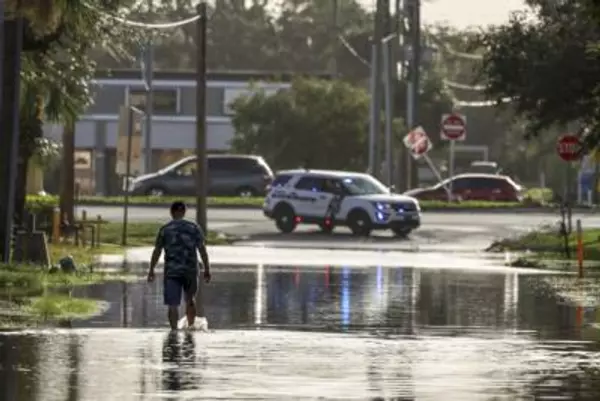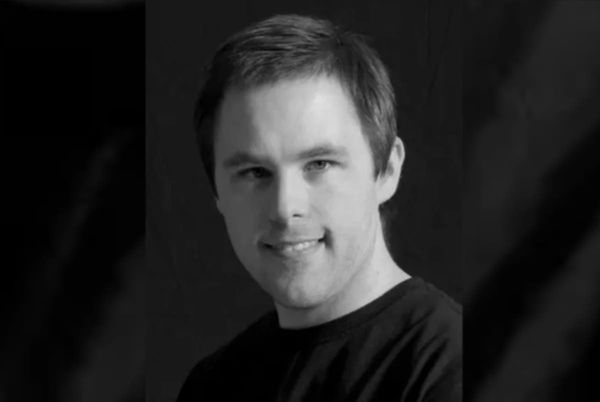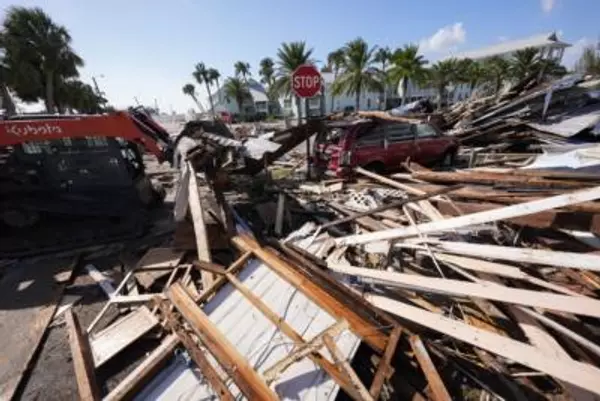
A fresh Russian assault around the southern Donbas town of Vuhledar, which began towards the end of January, demonstrates that Moscow’s forces are becoming more capable before a critical – and increasingly uncertain – spring period.
Russian forces have not yet made significant gains across the open fields of the region, where the Ukrainians have been dug in for months. But in parallel with the seemingly never-ending Wagner Group-led assault on Bakhmut, 70 miles to the north-east, it shows the invaders trying to push forward at a second point.
Until now the conventional view has been that Ukraine holds the initiative in the near-year-long war, following Russia’s hasty and chaotic retreat from Izium in September and the better organised withdrawal from Kherson two months after. But some experts argue that is no longer the case, and the situation is more finely balanced.
The Institute for the Study of War this week said the conflict had settled into “positional warfare” that had given the Russians “the opportunity to regain the initiative if they choose and to raise the bar for future Ukrainian counteroffensives even if they do not”.
Overnight Ukraine’s president, Volodymyr Zelenskiy, said there had been an increase in Russian operational tempo on the frontline. Although western officials do not yet believe the effort around Vuhledar represents the start of a spring offensive in “big strategic terms”, the speculation is that one could be around the corner.
Significantly it has come at a point when Russian air attacks on Ukraine’s electricity grid have slowed, which may suggest Gen Valery Gerasimov’s command has brought about a change of tack to focus on a more conventional military approach rather than to try – and fail – to terrorise civilians from the skies. It is too early to be certain, but it looks increasingly likely the power network will not collapse this winter.
Of course, it is grimly possible that Russia is simply holding back some of its dwindling stock of missiles for the 24 February anniversary of its invasion. Oleksii Reznikov, the Ukrainian defence minister, warned on a trip to Paris that a major offensive was expected around then, too, and suggested Russia may have mobilised 500,000 troops, not 300,000 as officially claimed.
Some of this messaging is, of course, political, as Ukraine shifts its effort in the never-ending lobbying campaign for western arms, from tanks to F-16 fighters. And while Russia’s pace of progress around Bakhmut has improved, including finally capturing the salt mine town of Soledar, eight miles to the north-west, it has cost thousands of Russian lives, with ex-prisoners being sent over the top into exposed positions.
But the growing expectation, among western intelligence at least, is that the Ukraine war is set to last throughout 2023, with Russia trying to play it long so that its advantage in personnel can count. Western weapons supply never seems to come fast enough, and while the hope will be that first wave of 120 to 140 tanks Ukraine has been promised will arrive around Easter, with crews trained, it could be May or later.
There is also anxiety in political circles about how long the existing frontline troops in Ukraine’s military – however committed they have been – can be asked to carry on fighting without a long break. A concern about the level of suicide among Ukrainian soldiers “as a result of battlefield stress” was raised last month by the UK Conservative MP Iain Duncan Smith after he visited a military hospital near Kharkiv.
Mobilisation has stepped up in Ukraine and there is talk of people being presented with recruitment papers on the street, but the question raised is whether future waves of recruits will show the same level of motivation. If the fighting does run throughout 2023, it means Ukraine has not been able to achieve its own military breakthrough, and the willingness of its forces to risk their lives will be tested.
All this, of course, is speculative, but Russia’s latest frontline muscle-flexing in the southern Donbas shows the invaders may be in a better position in the early spring than the Ukrainian defenders, waiting loyally for their tanks to arrive.







